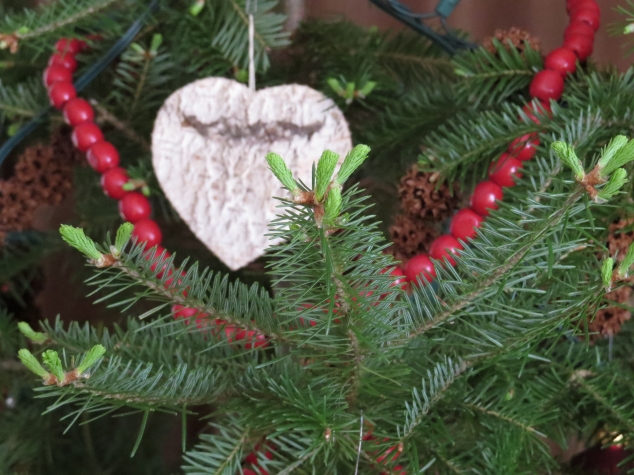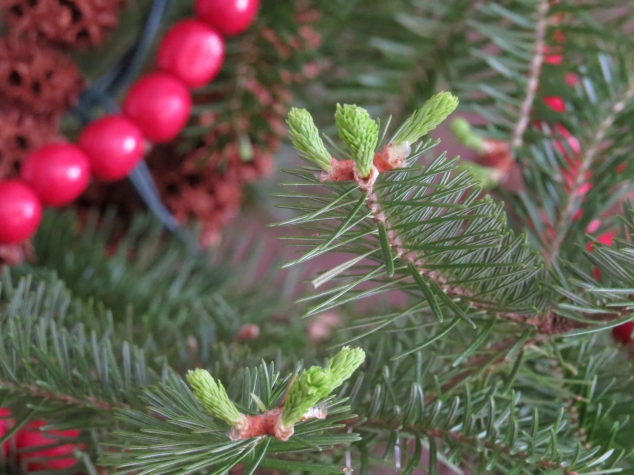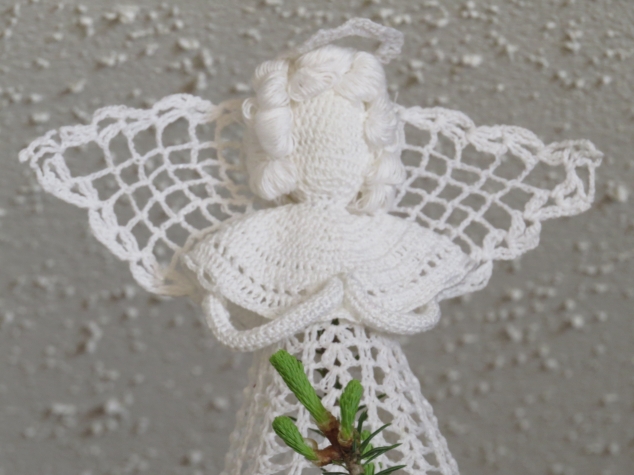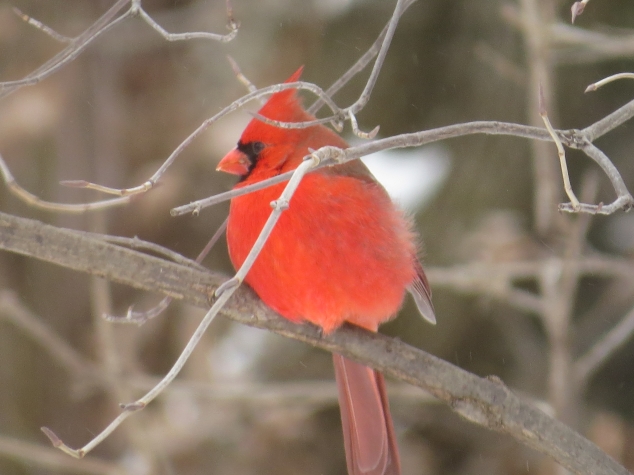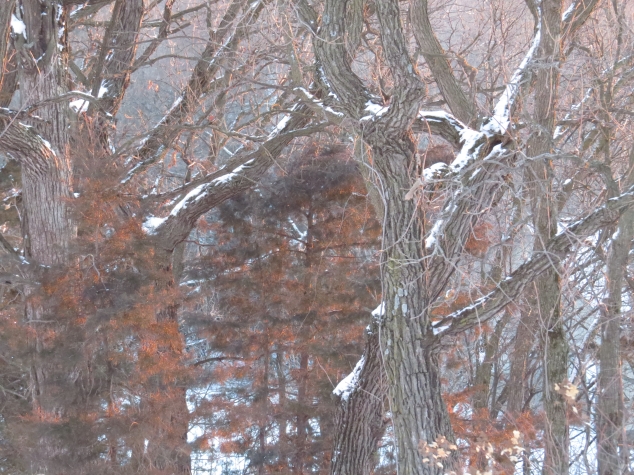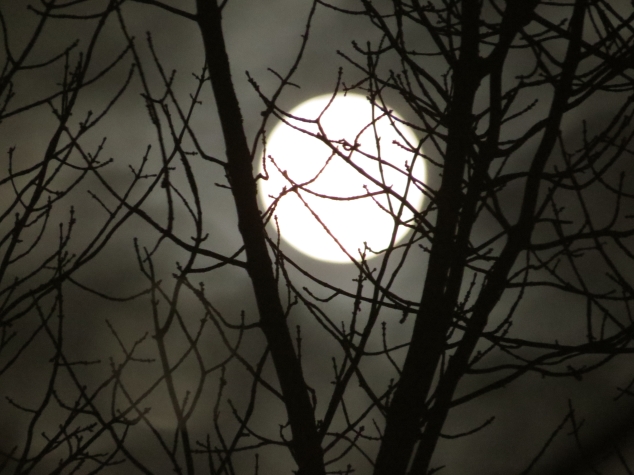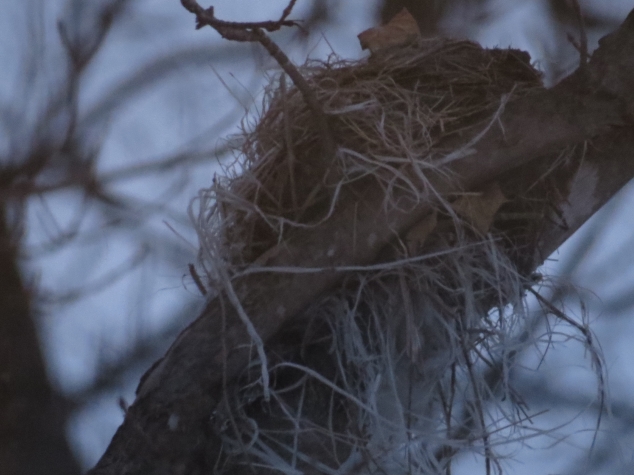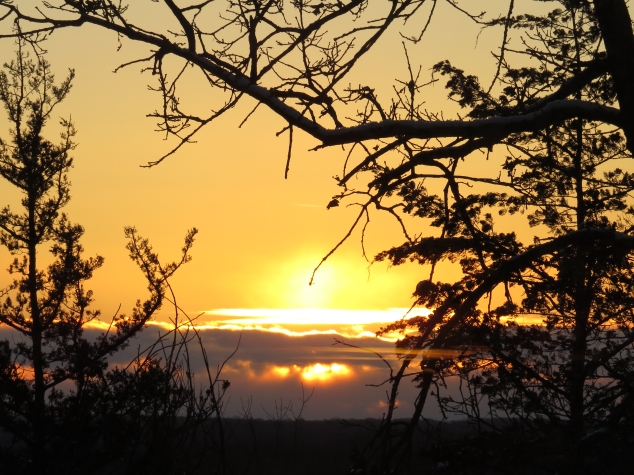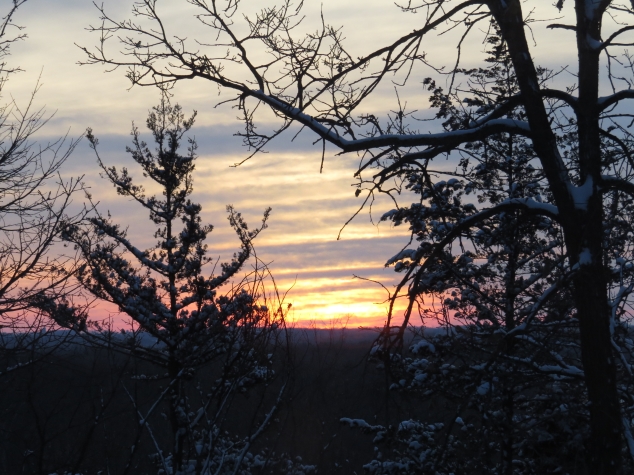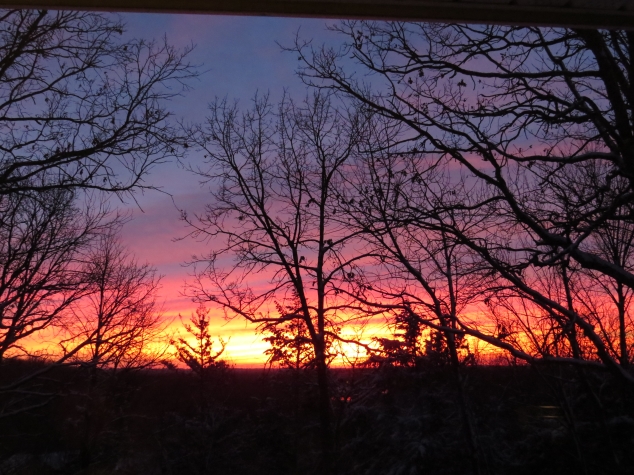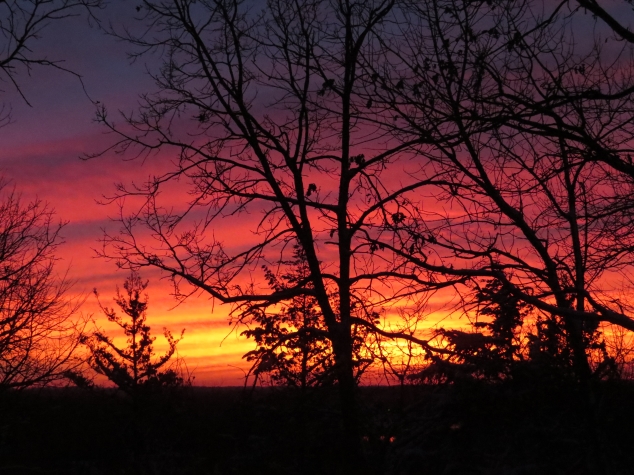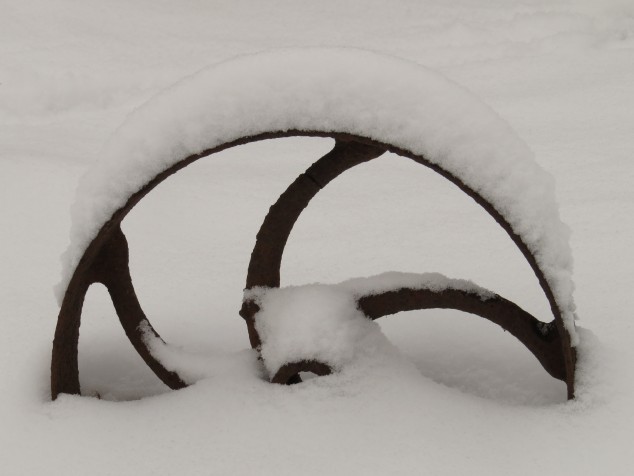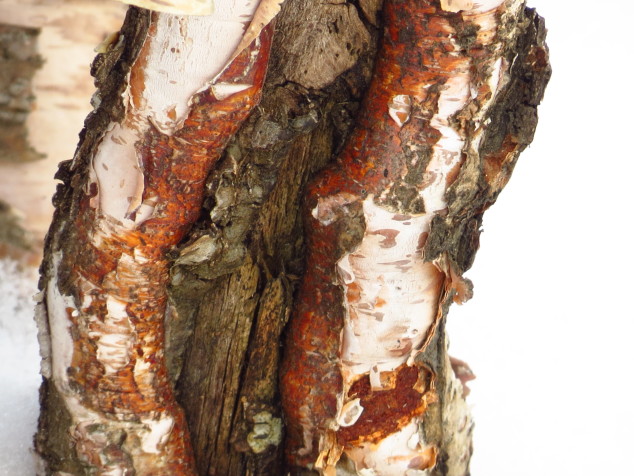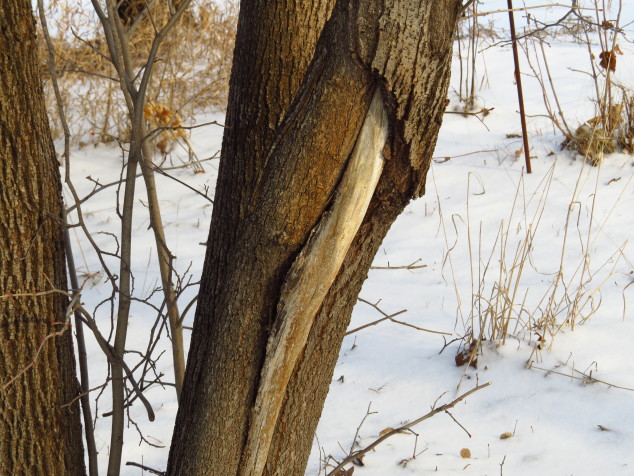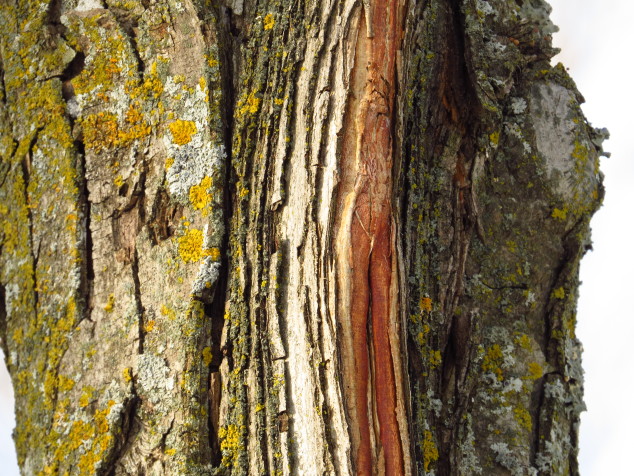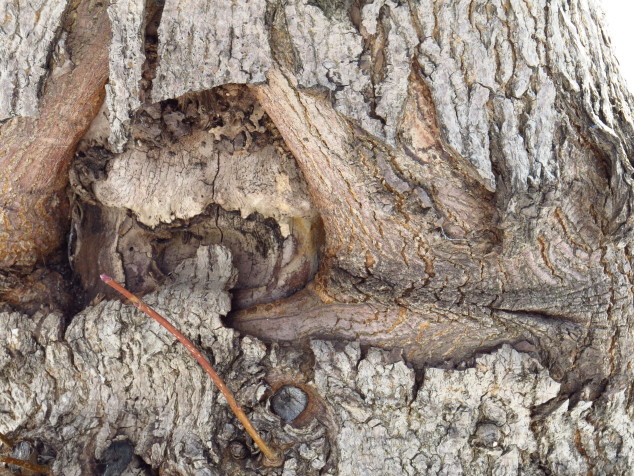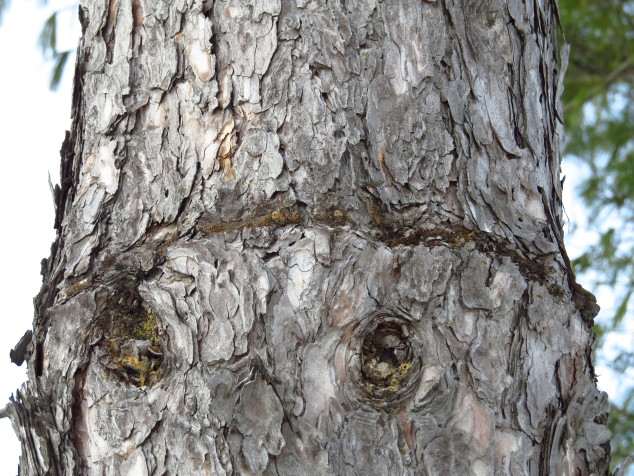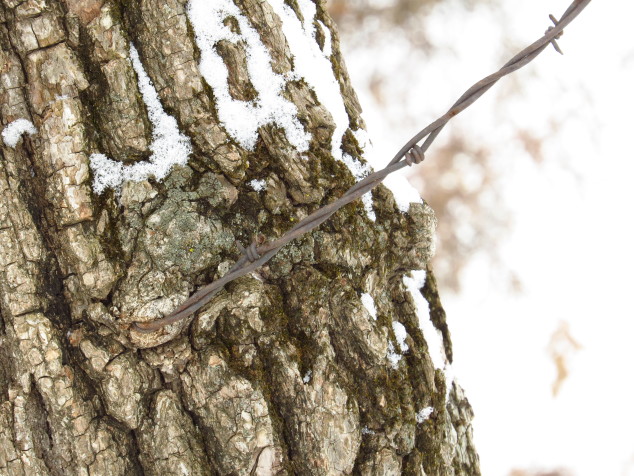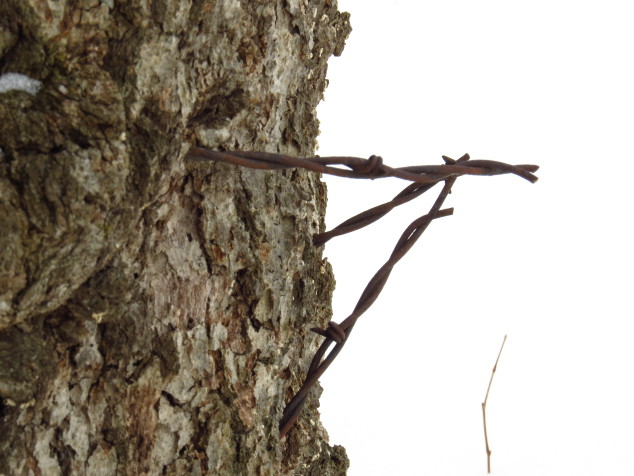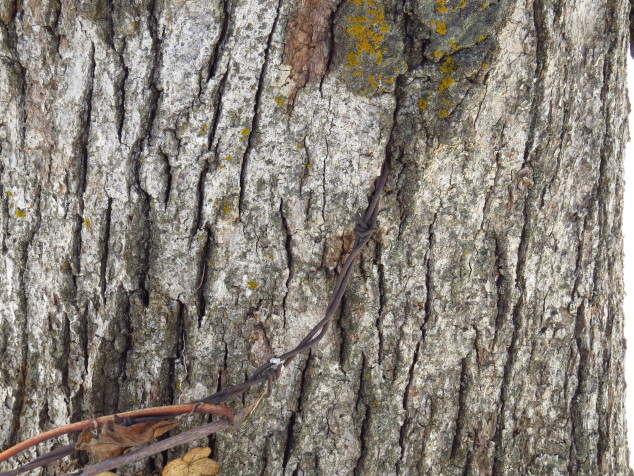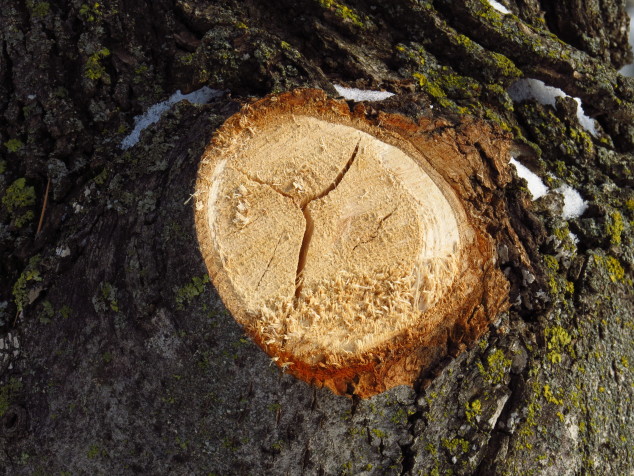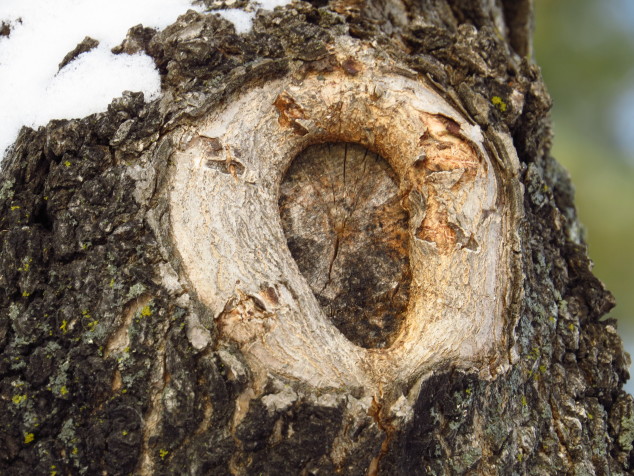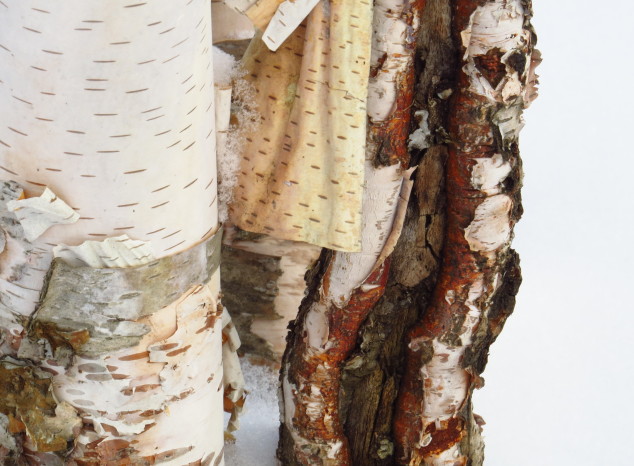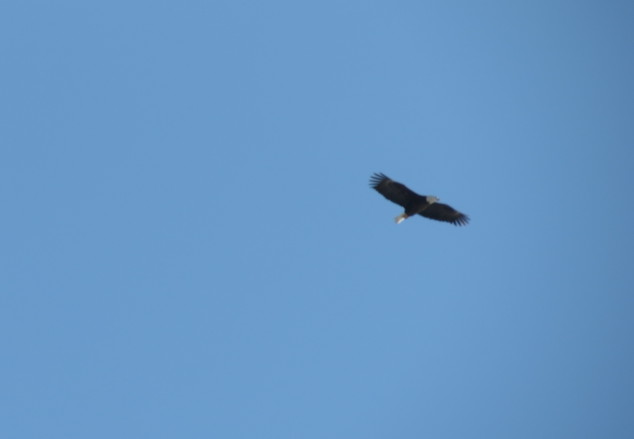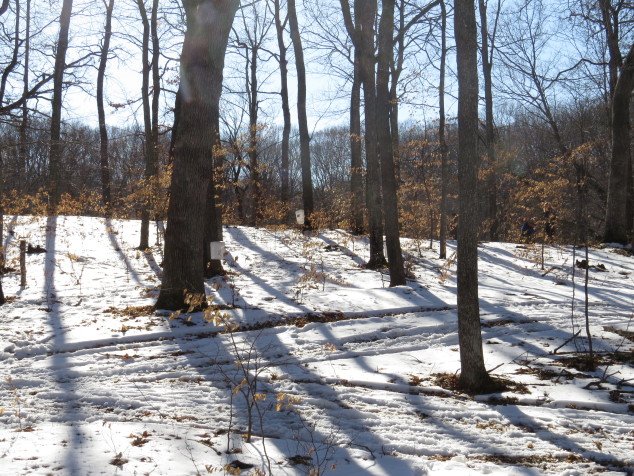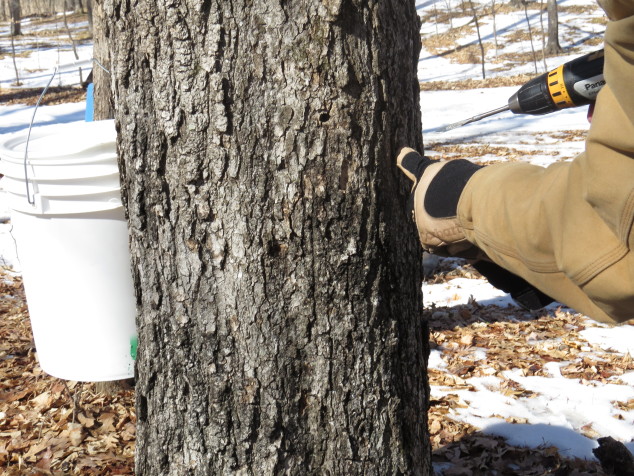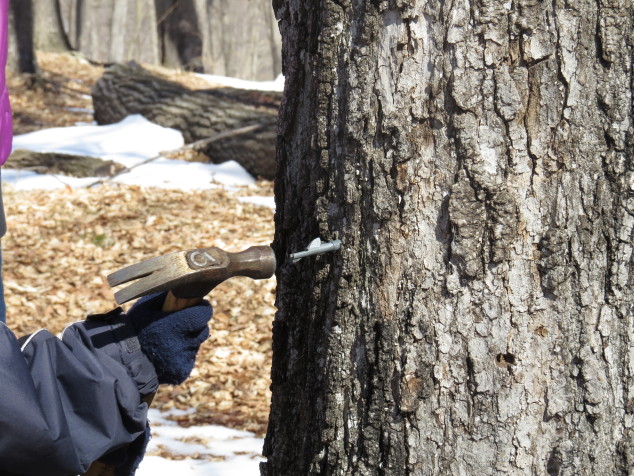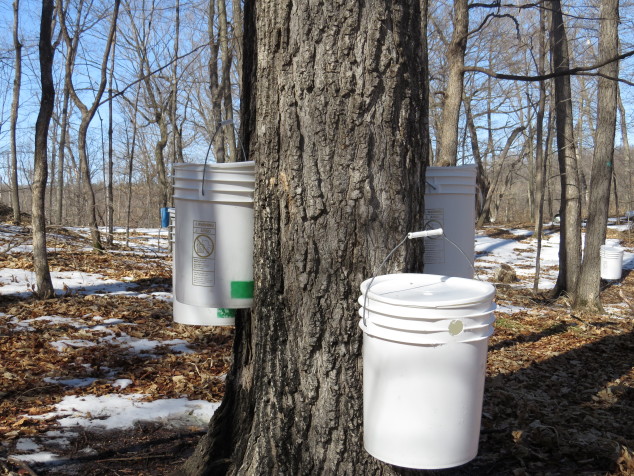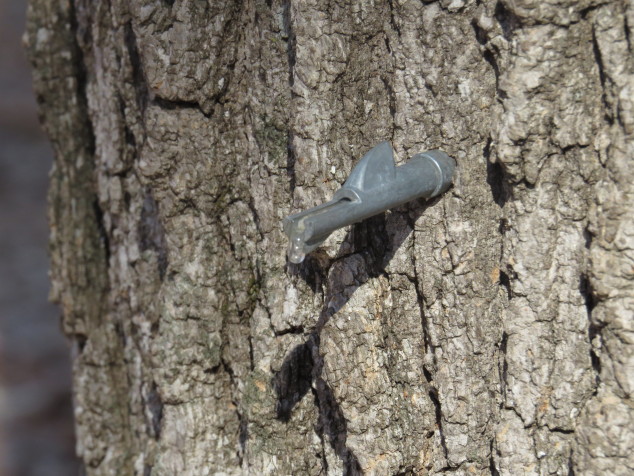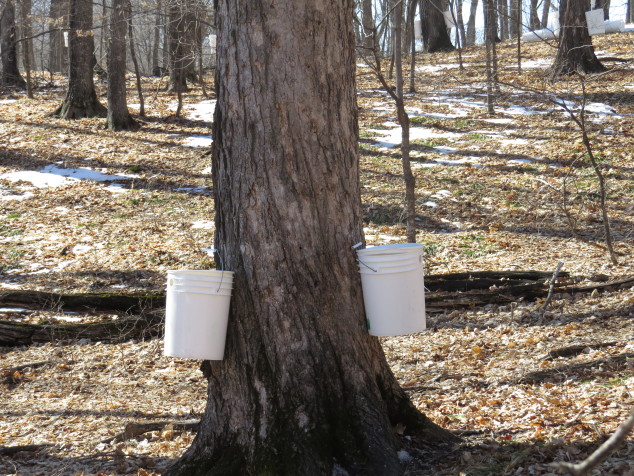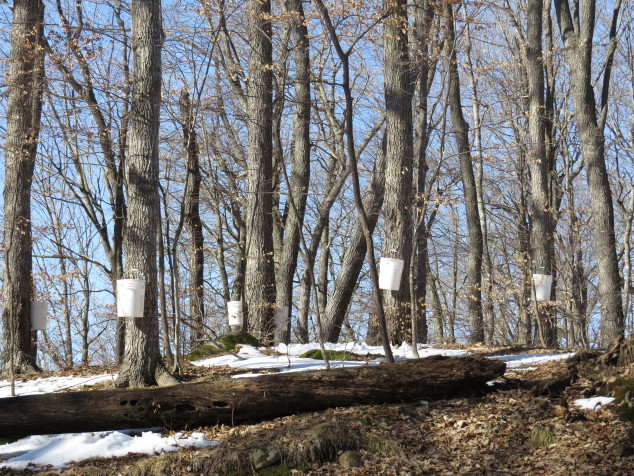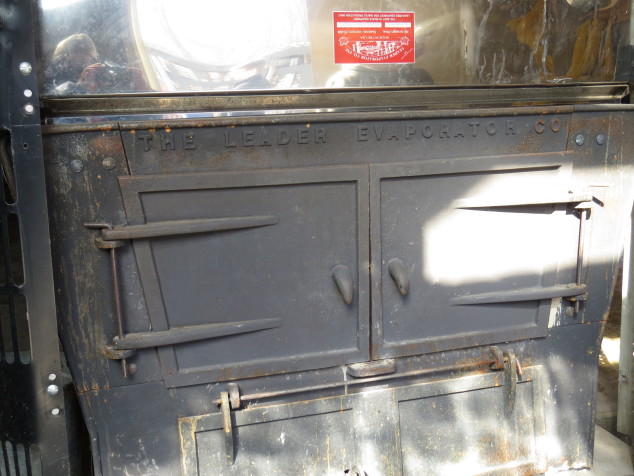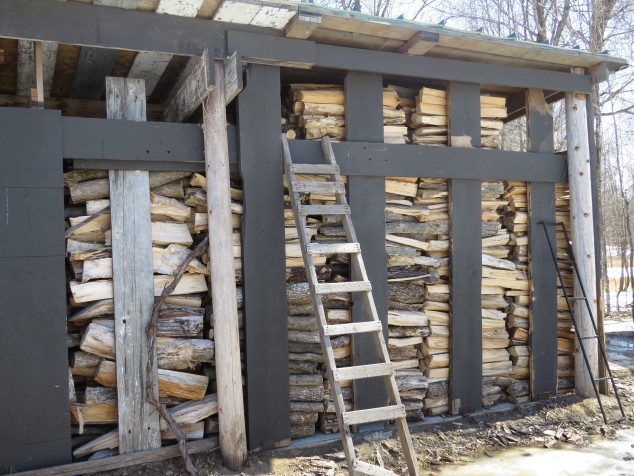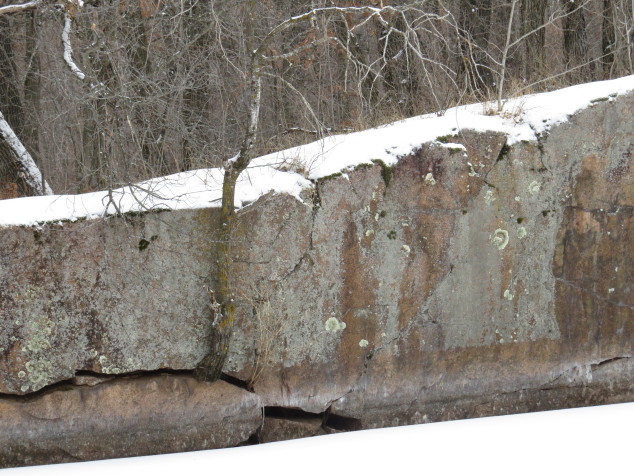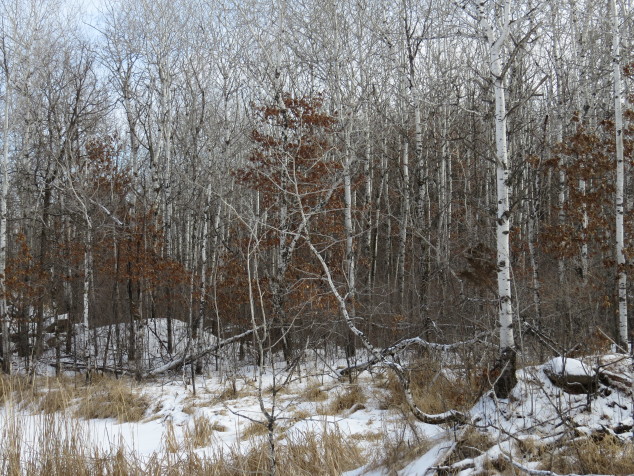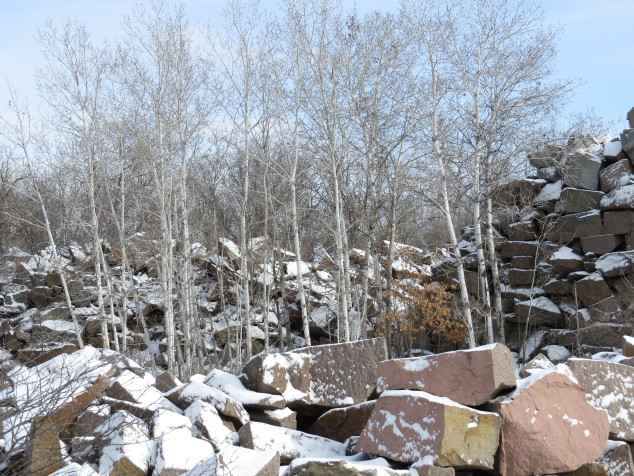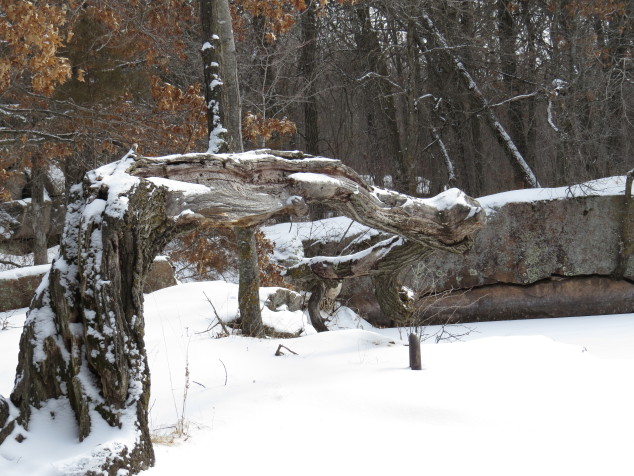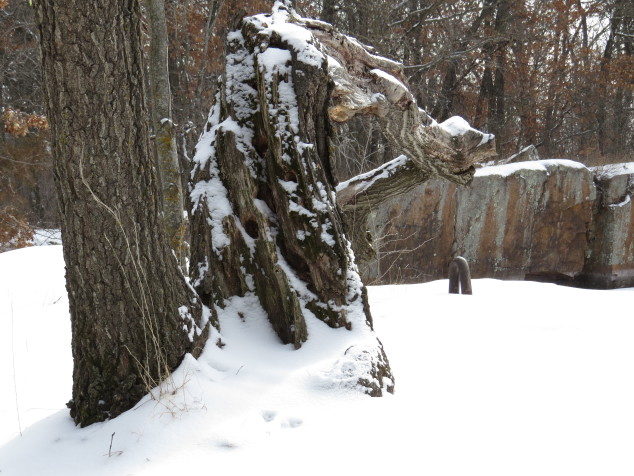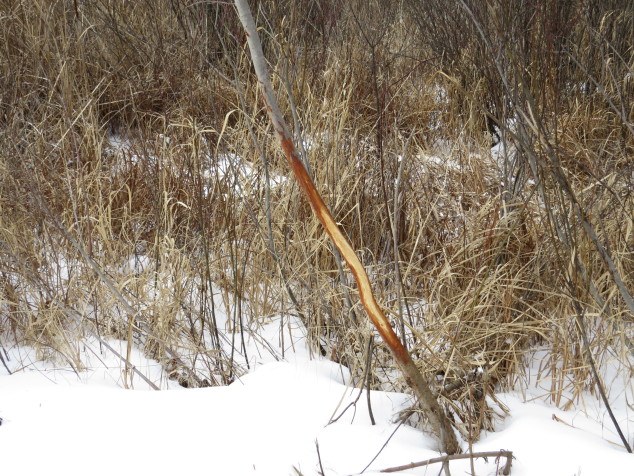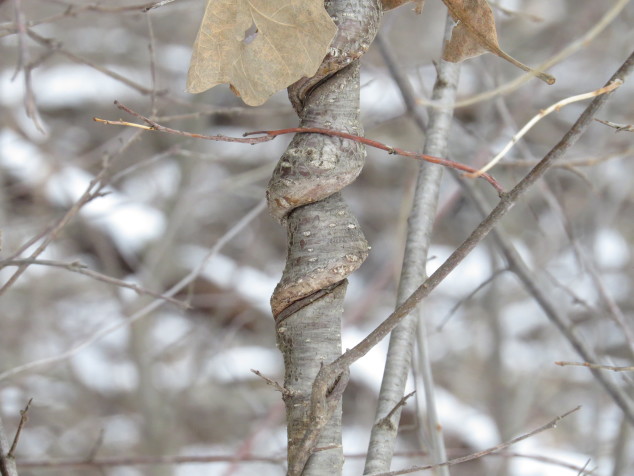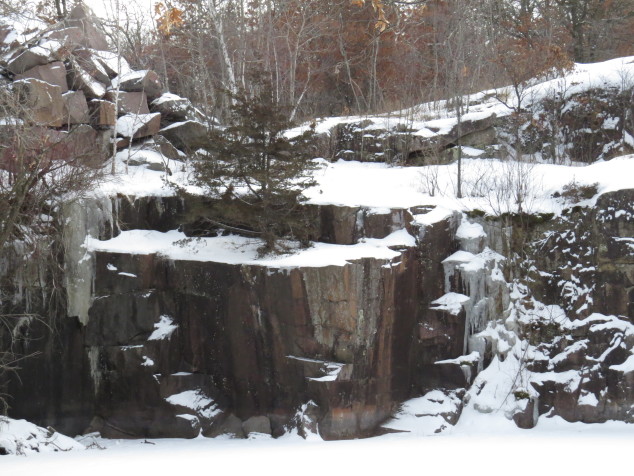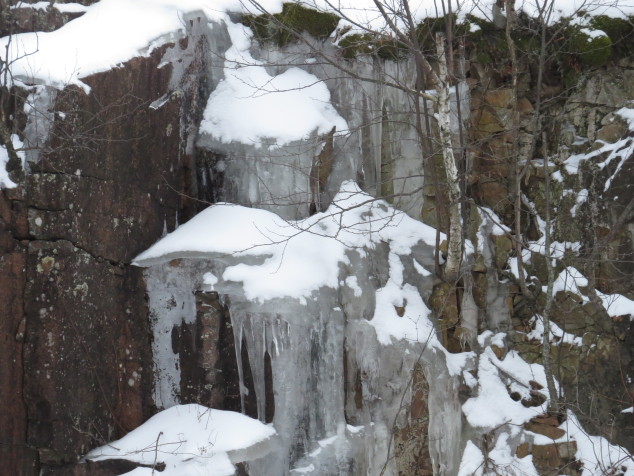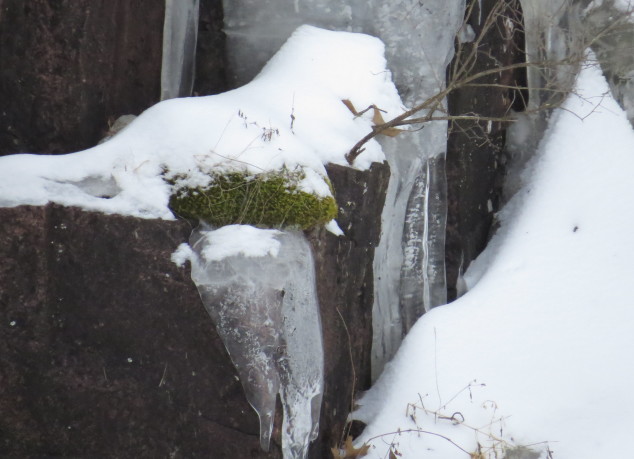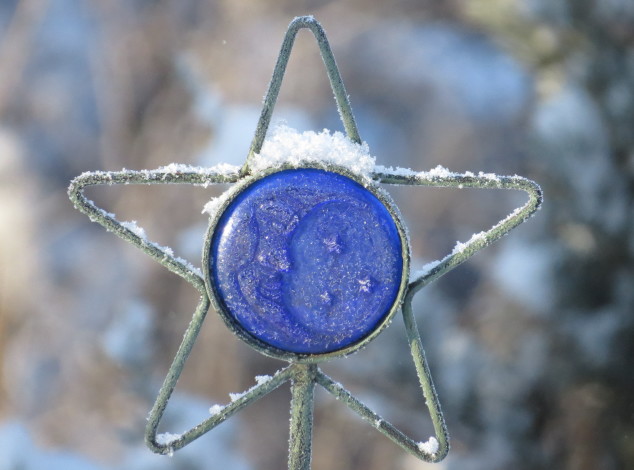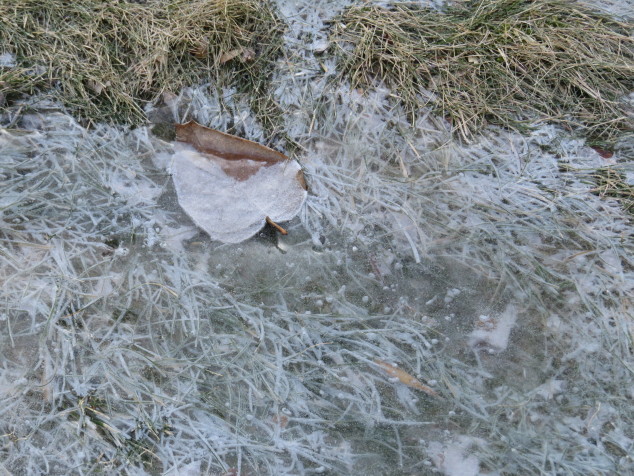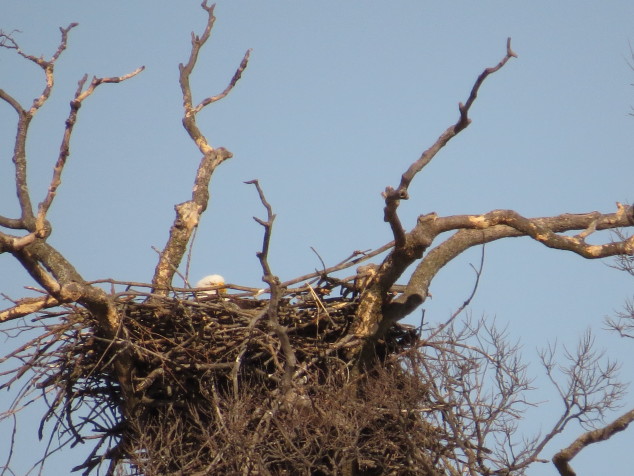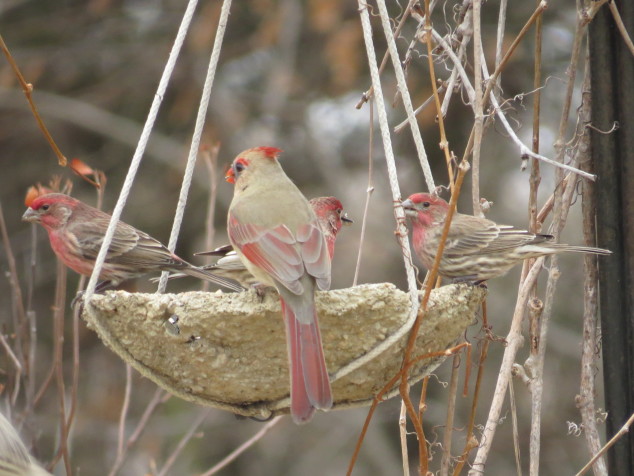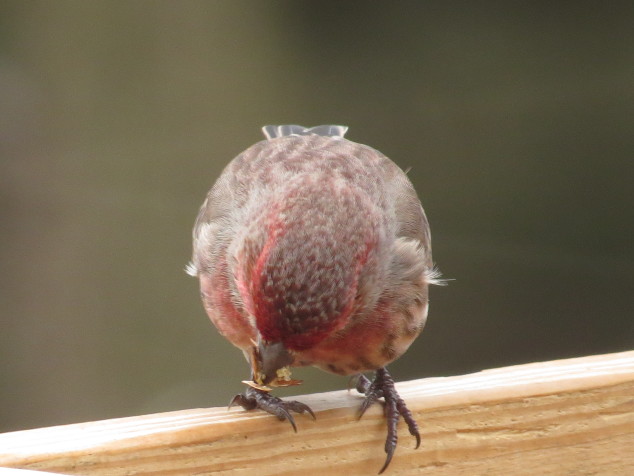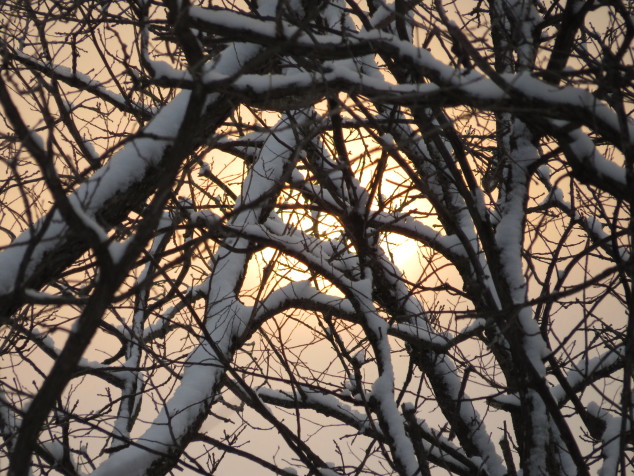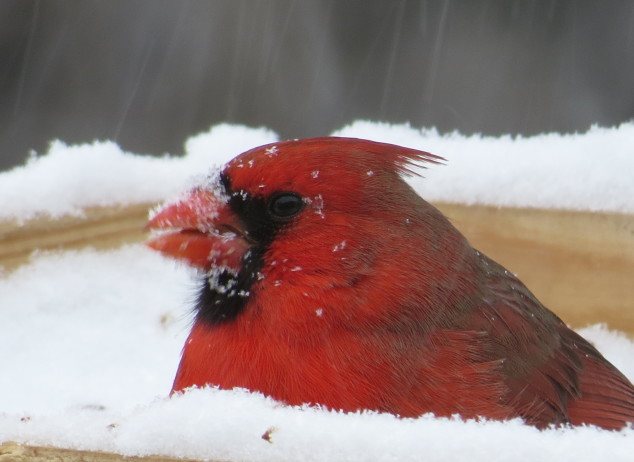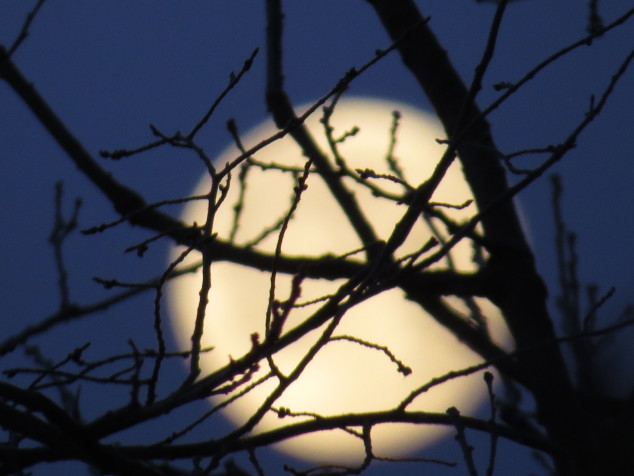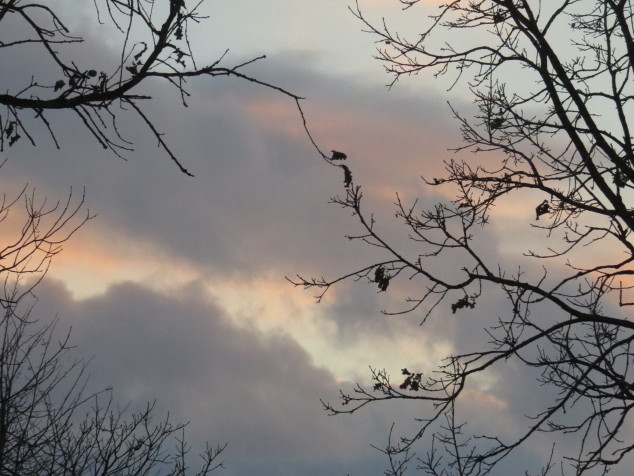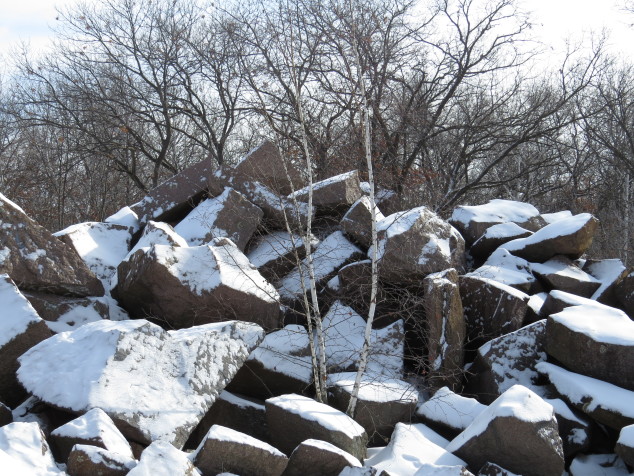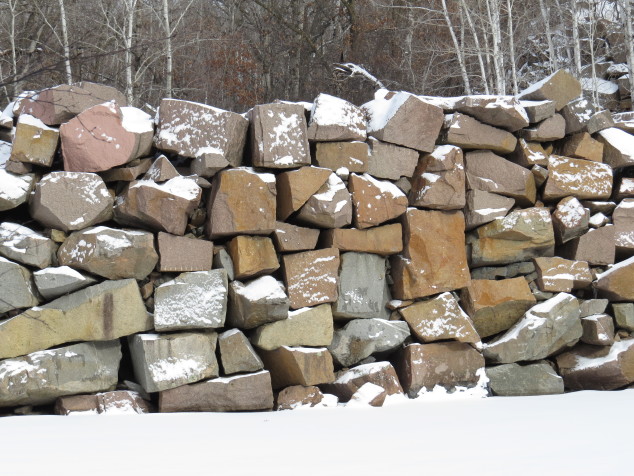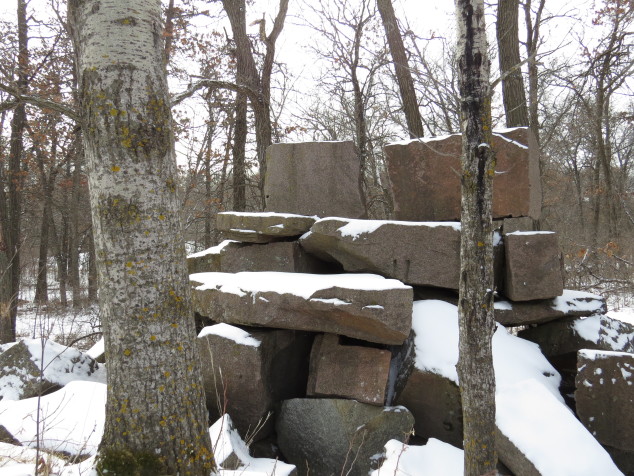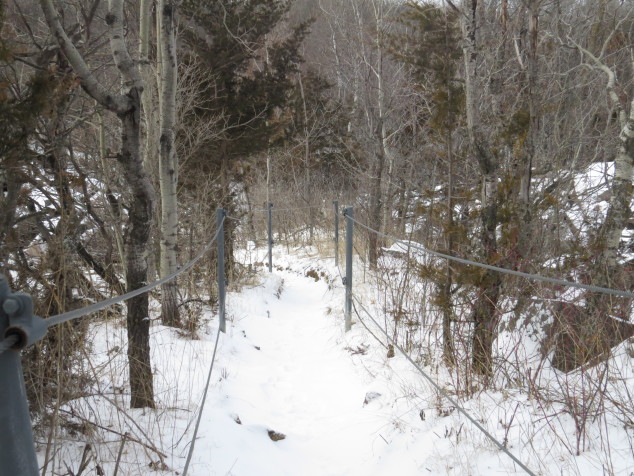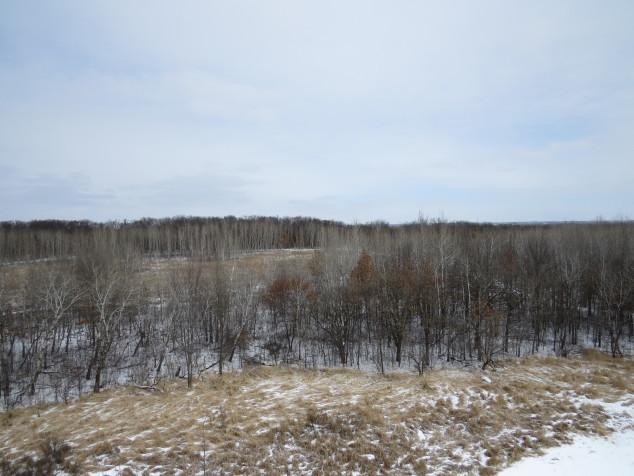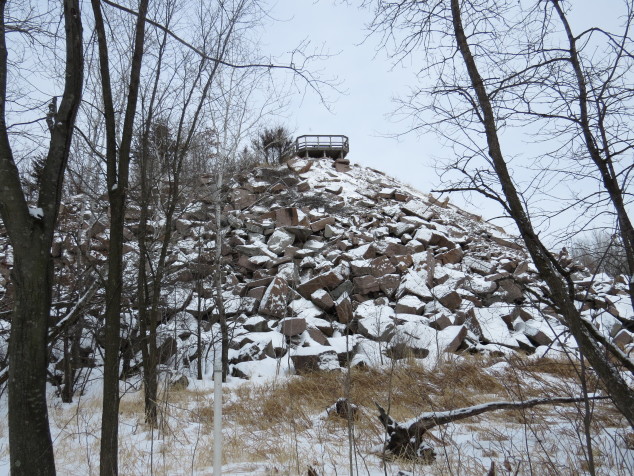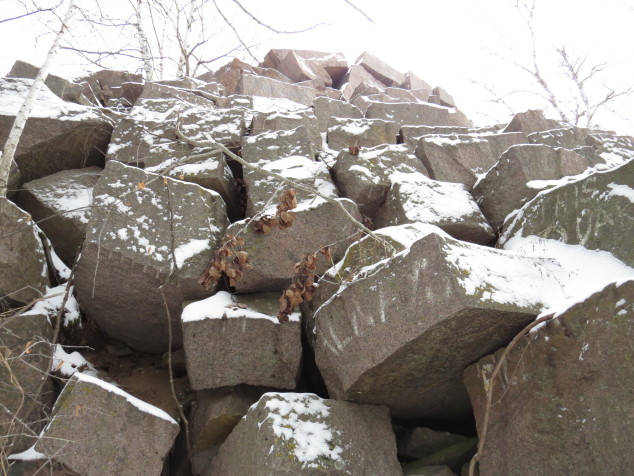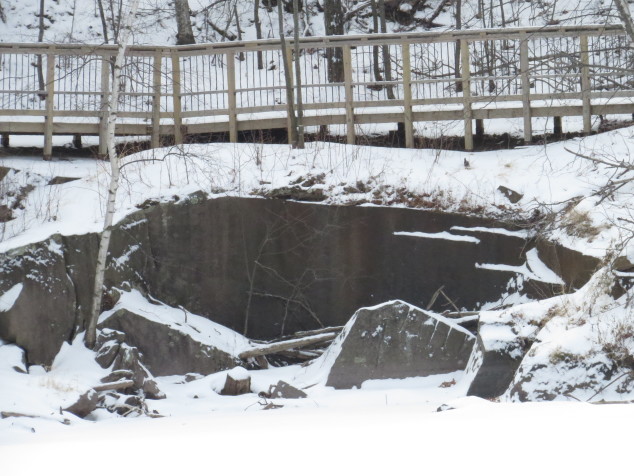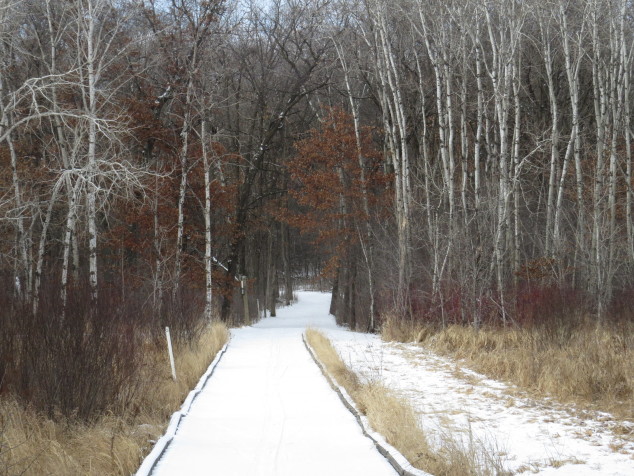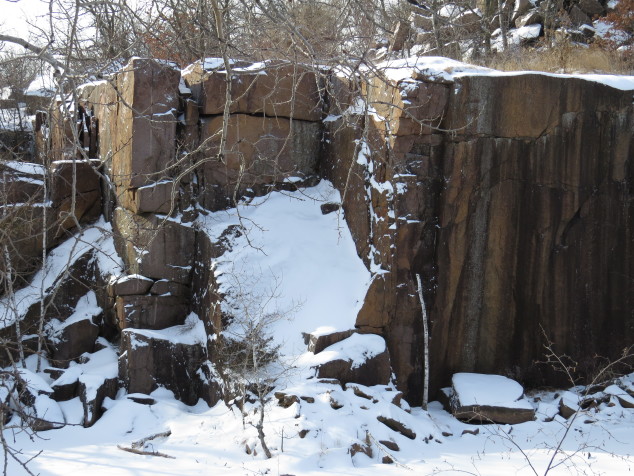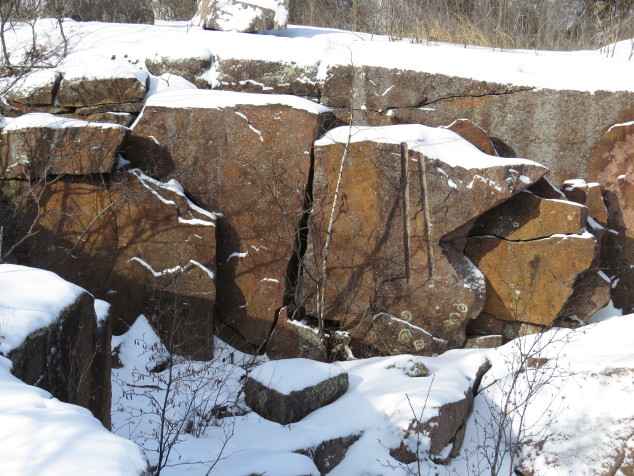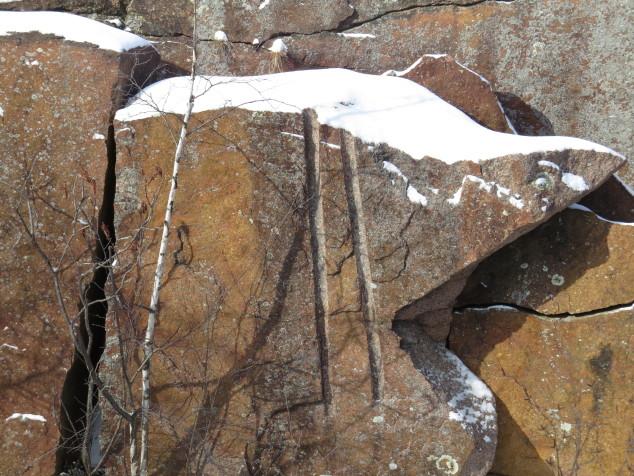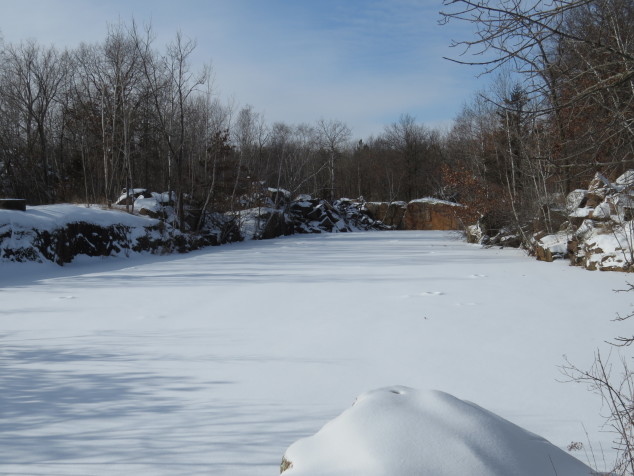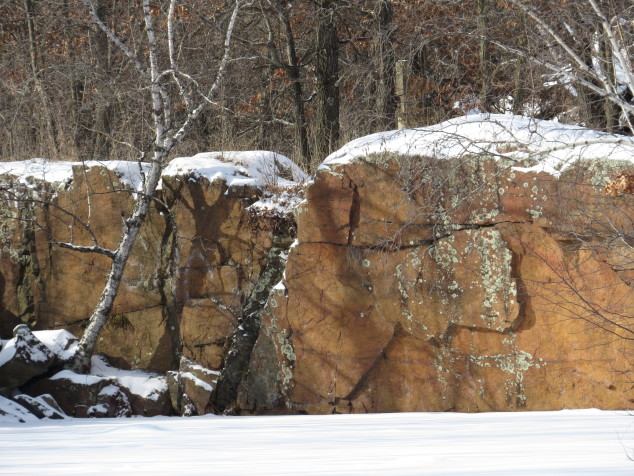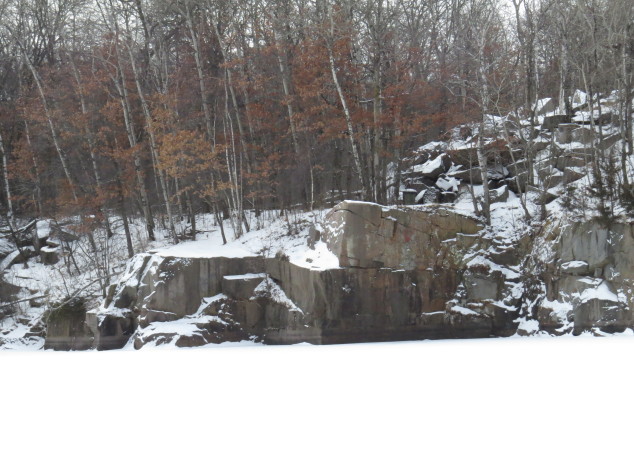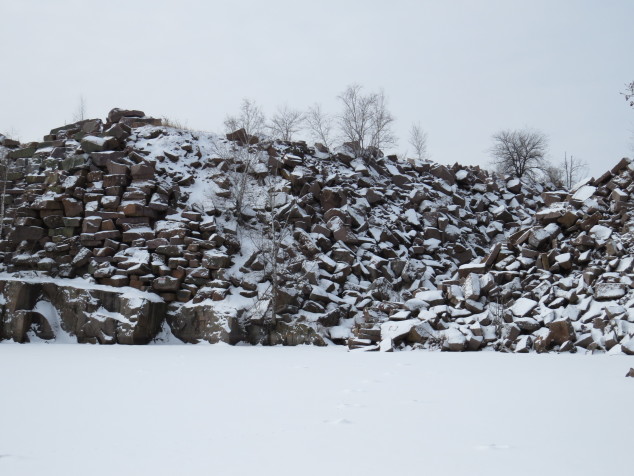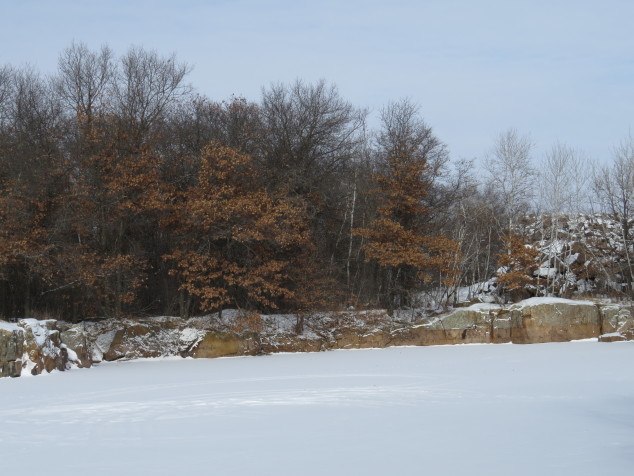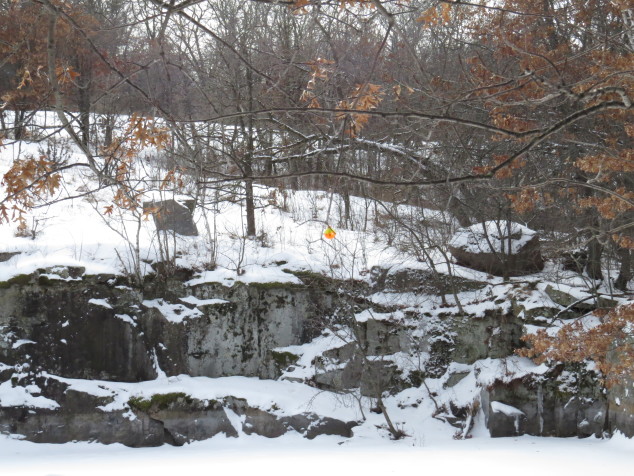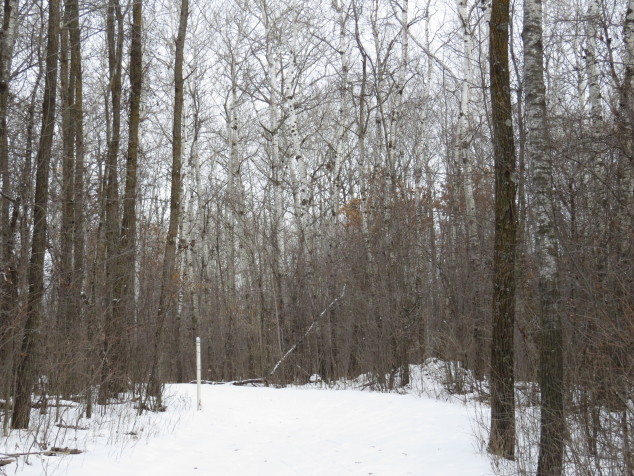I still have the Christmas tree up. I am reluctant to take it down even though it is the third week in January. We got the fragrant Balsam fir tree on Saturday, December 12th after attending an early morning St. Lucia Festival of Lights service at a Swedish Lutheran church. We drove to the tree nursery with stomachs full of Swedish pastries and warm Lingonberry glogg. Even though we walked the path to the firs through mud instead of snow, our mood was light as we searched for the ‘perfect’ tree. The tree went up that afternoon, decorated with bubble lights, red berry garlands, twinkling white lights, spheres of shiny and matte red, and birch bark ornaments. As with every Christmas tree, it was beautiful!
I talked to my Dad that day–he was feeling much better after a somewhat rocky few days at the rehabilitation center he was moved to after his hospital stay. He was even cracking jokes–a miraculous recovery from the panic I heard in his voice the night before.
When he died two days after Christmas, I sat staring at the tree in all its Christmas wonder. It had not been a joyful Christmas, and now I felt a loss and sadness that I should have been prepared for, yet took me by surprise with its soulful depth. Every morning when I get up in the winter darkness, the first thing I do is turn on the bright white twinkling lights, stirring up the fragrant scent of the tree as I brush against the branches. Balsam fir takes its name from the Latin balsamum, meaning balm. The scent is said to calm the mind and restore emotional balance. I drank it in.
And then, on Epiphany, I noticed tiny, light green buds of new growth on the tips of our dead Christmas tree–a resurrection tree!
Each day since the 6th of January, the buds have grown larger–a spring of new growth in the dead of winter.
This sort of revival is relatively common in nature–often a dying tree will produce a record number of seeds in order to ‘live on.’ We all have a life force that pushes us forward and keeps us going–until we reach our physical death. And then what? The Circle of Life continues…
Our Christmas tree represented hope and expectations of joy, love, and peace when we decorated it on Saint Lucia Day. I was hopeful that my Dad was getting stronger and would be able to go home. I longed to spend time with my far-away children. I looked forward to some joyful get-togethers—and none of it came to be. Grief became my companion as I moved through the days–and the tree shone on. It was after my two darkest days that I noticed the new growth on the fir tree—the Life Force lived on after death. The balm of the resurrection tree soothed my pain, and as the fir grew tender green shoots of life, my heart began to heal. The tree still represents hope, love, and peace and showed me that resurrection is just as much for the living as for the one who died.
